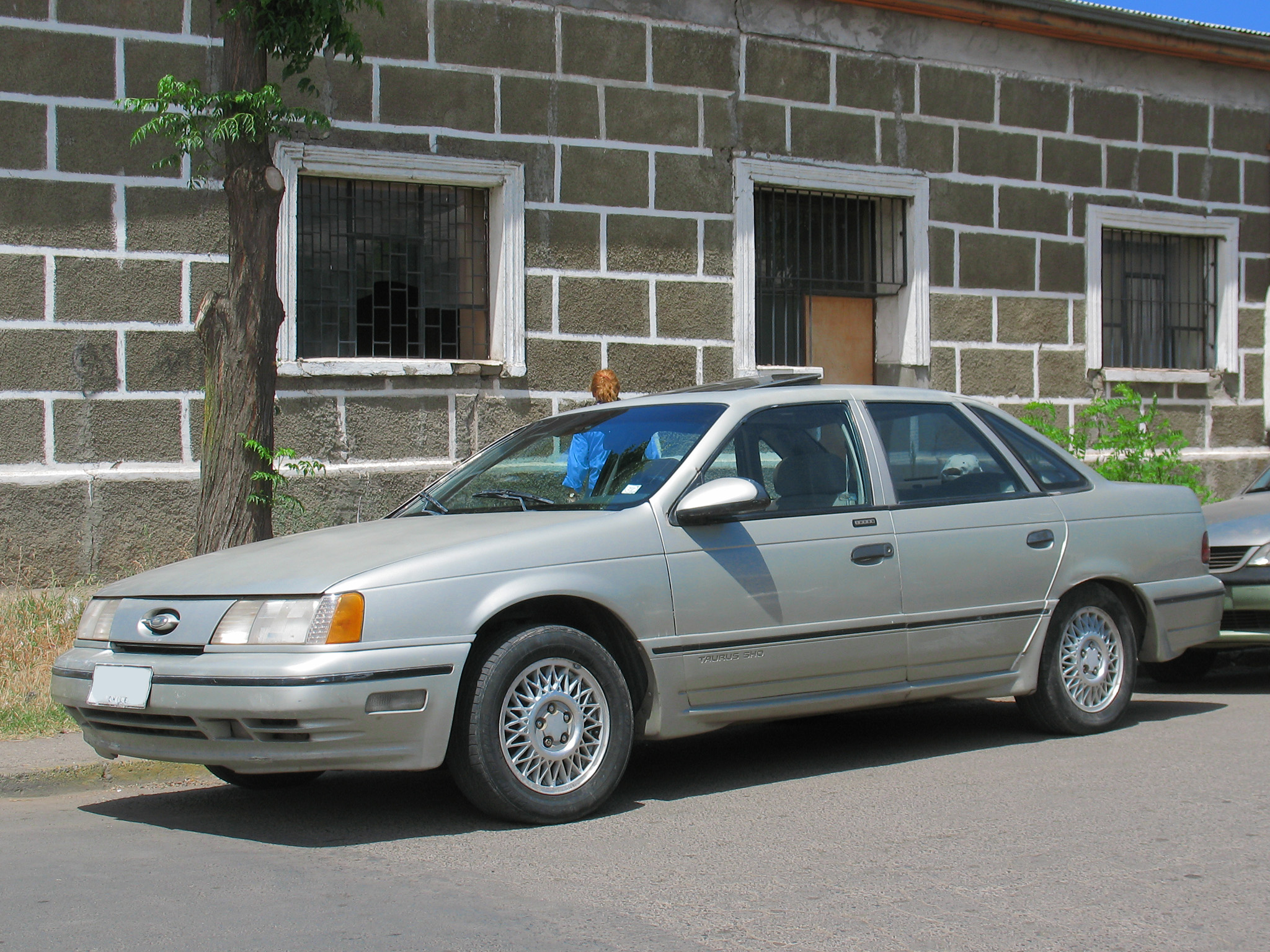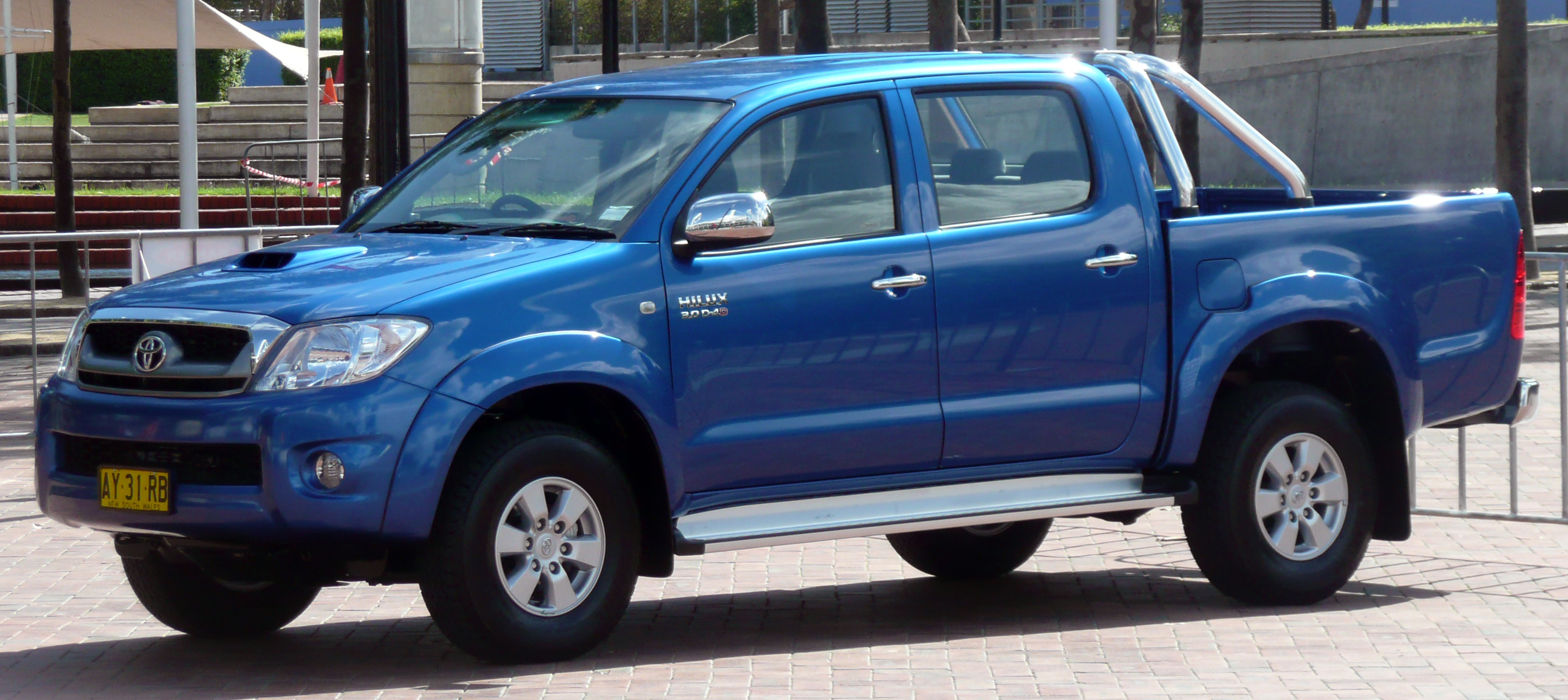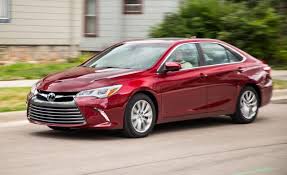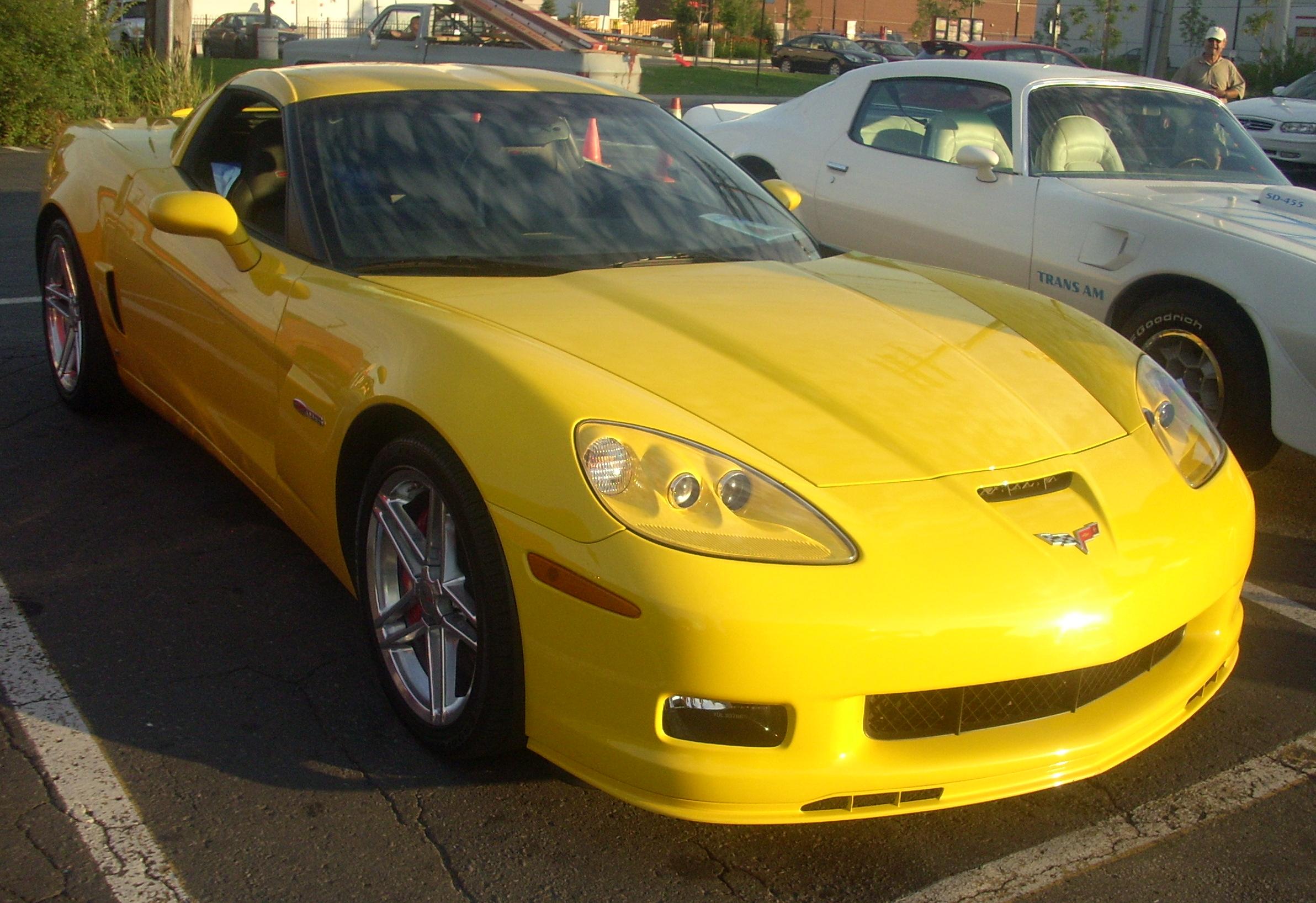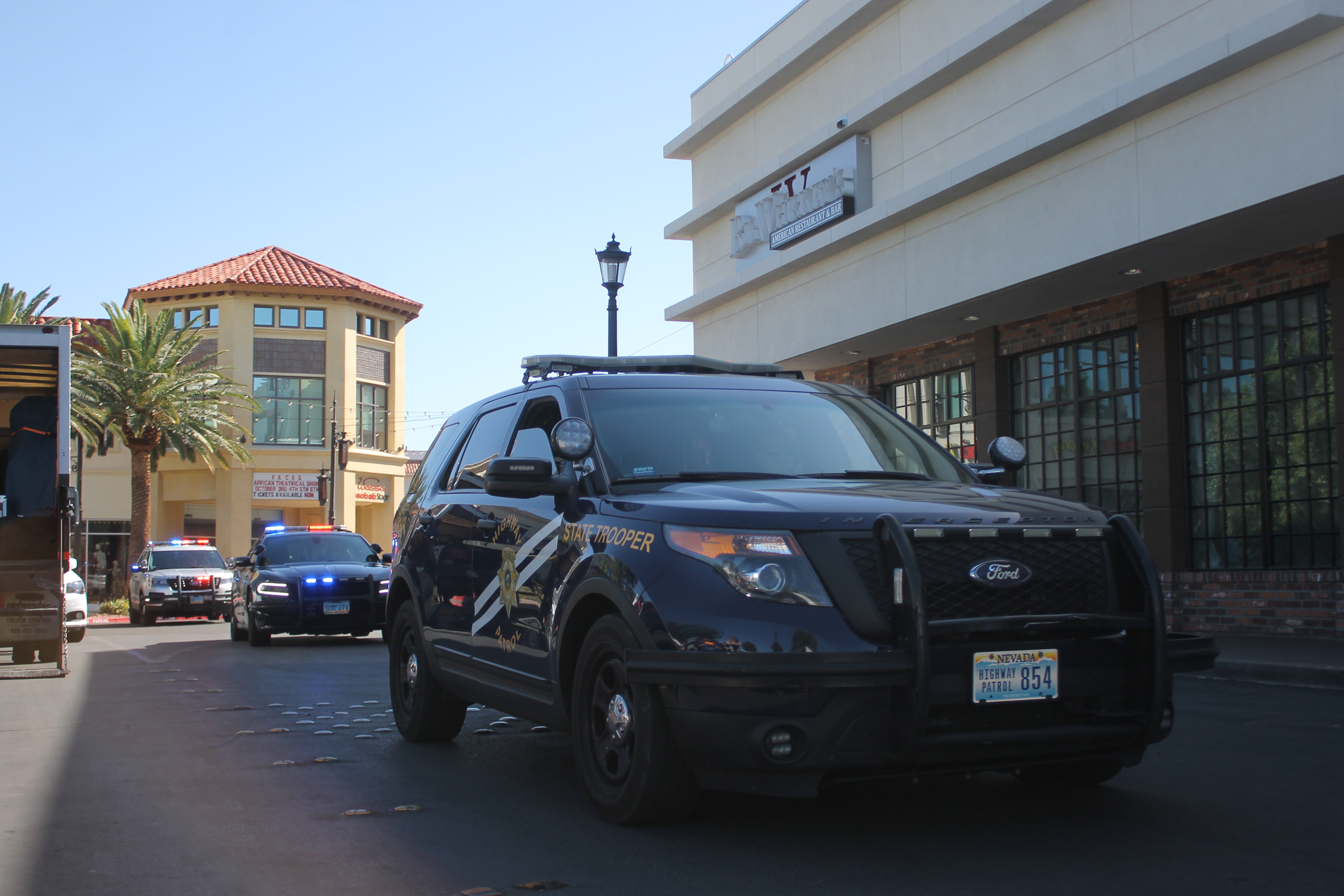Bad Drivers! The Worst Driving Habits You Could Be Doing
We’ve all been there; pulled a bone-headed move like forgot to signal a turn and watched in our rear view as the driver behind us tosses their hands in the air in frustration or tries to punch a hole in the steering wheel while mashing the horn. The problem with neglecting your responsibilities as a driver is that they become habits, and bad habits can lead to frequent dangerous driving. Here’s a list of the most common mistakes we make while driving that could cause ire for those around us and compromise the safety of everyone we share the road with.
Our first mistake is one we have all made, and many of us have made a habit of.
Rolling Stops
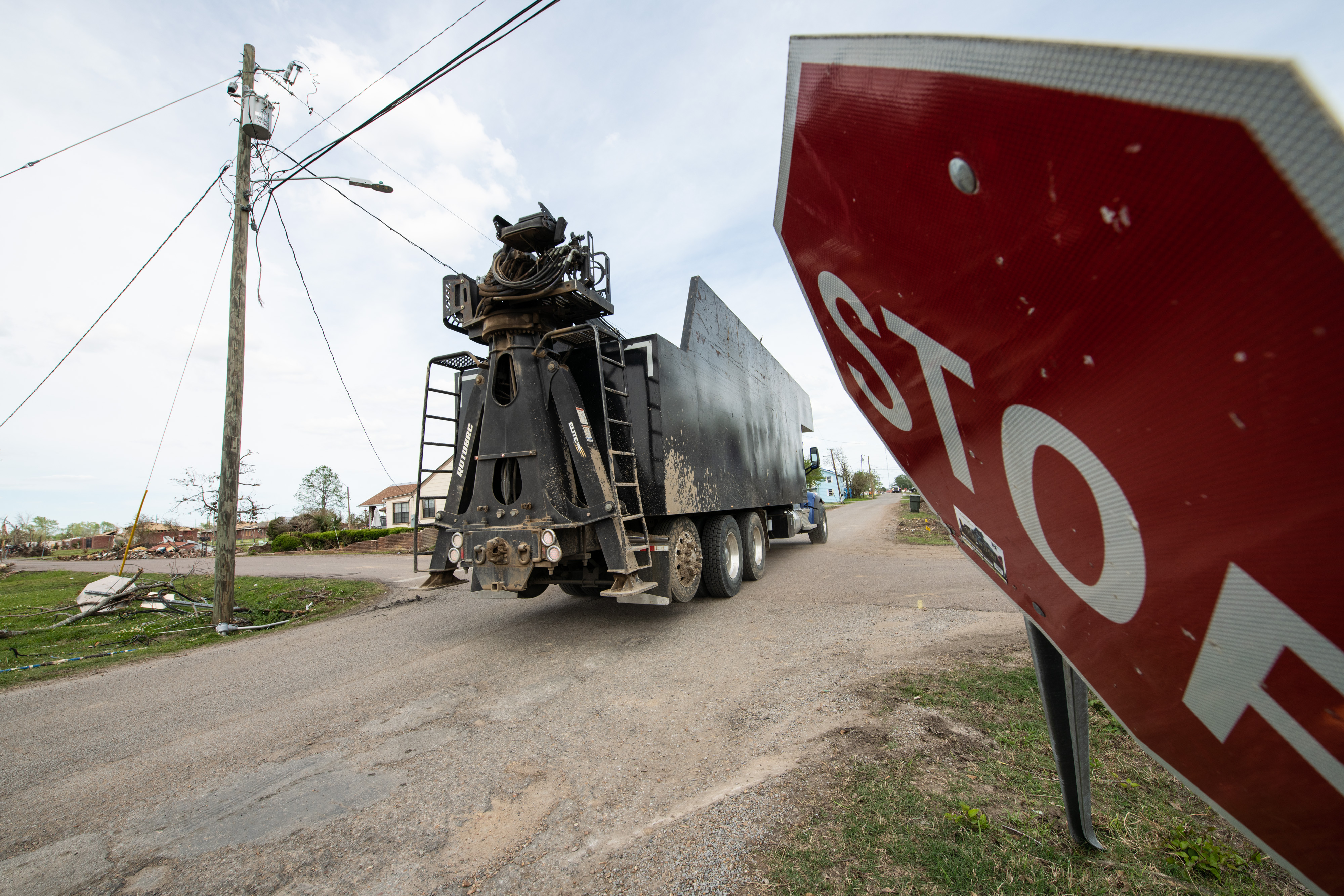
I realize that it’s a pain to bring your car to a full stop, look both ways and confirm that there are no obstructions. That 2.7 seconds could mean the difference between making it to work and explaining to the responding officer why your front end tried to make friends with the bumper of a passing car (or worse, a pedestrian).This goes for making turns at red-lights as well; our road rules are created around the idea that every driver should be able to predict what those around them are going to do. By rolling through, you are disrupting the expectations of those around you and compromising the system that is meant to keep us all safe. It may seem like an innocuous violation, but rolling stops heighten the risk of being T-boned, which have more potential for catastrophic results since the side of your car is the most vulnerable place to be struck. So, for the safety of yourself and those around you, just stop. Stop and look. It’s called a stop sign, not a just-slow-down-and-glance-real-quick-before-blowing-through-the-intersection sign.
Our next bad habit also increases your chances of being struck by those around you, not just out of frustration with your poor driving.
Not Signaling Your Intentions
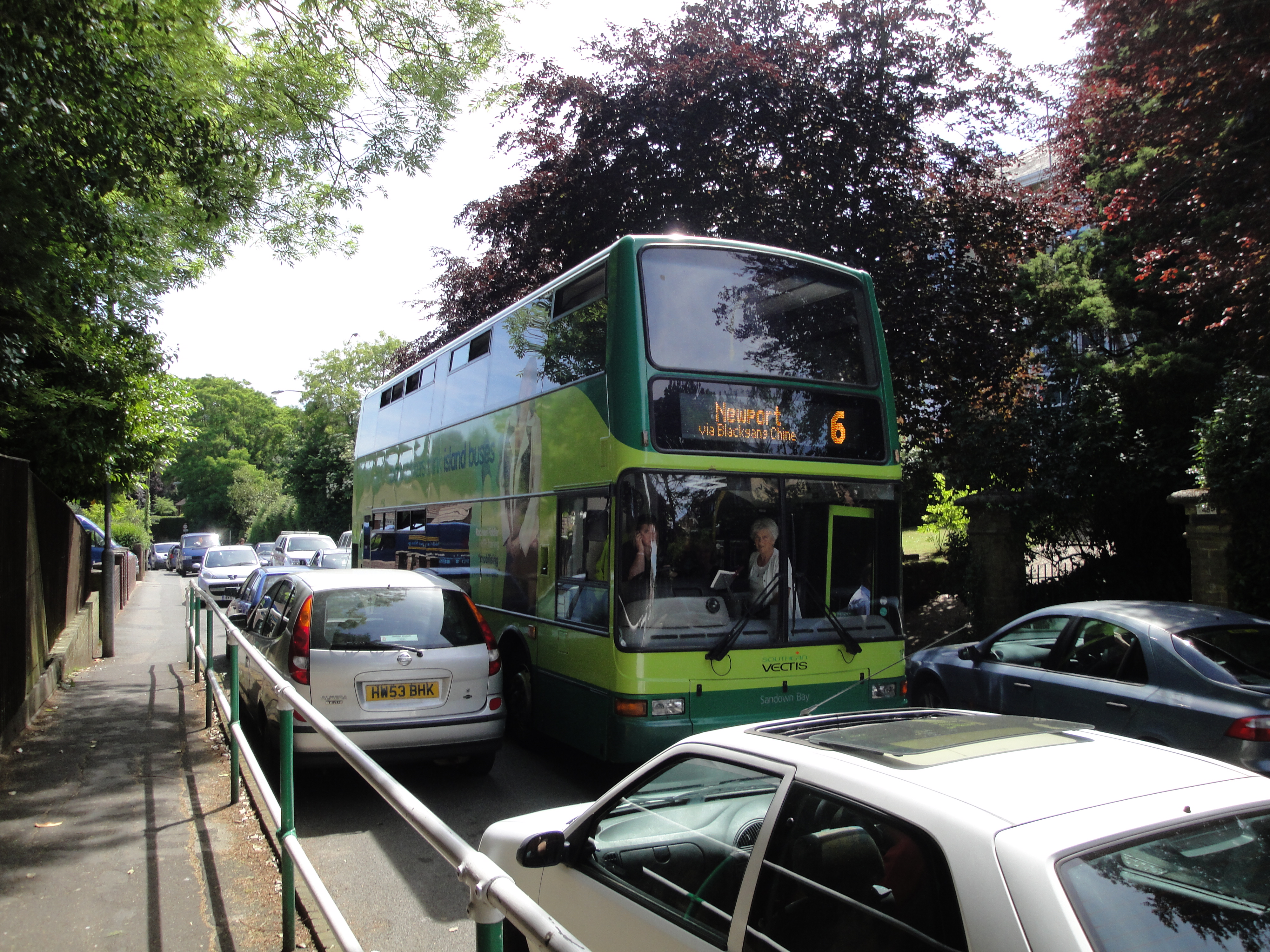
Like any good relationship, communication with the drivers around you is critical. It’s not only frustrating to have someone pull an unexpected move on the road, but it’s also extremely dangerous. The whole point of using your blinker is to alert drivers to your intentions. None of us are mind readers; we shouldn’t be expected to try. You still need to use that little lever on the side of the column, even if you’re in the turning lane. When you let the people around you know that you plan on turning, it allows them to account for that change in flow and adjust appropriately. Just as infuriating as people who don’t signal are drivers who only indicate once they’ve already begun their turn.
Our next driving "don’t" should be second nature to anyone who has ridden in a car at any point in the last fifty years.
Not Wearing Your Seatbelt
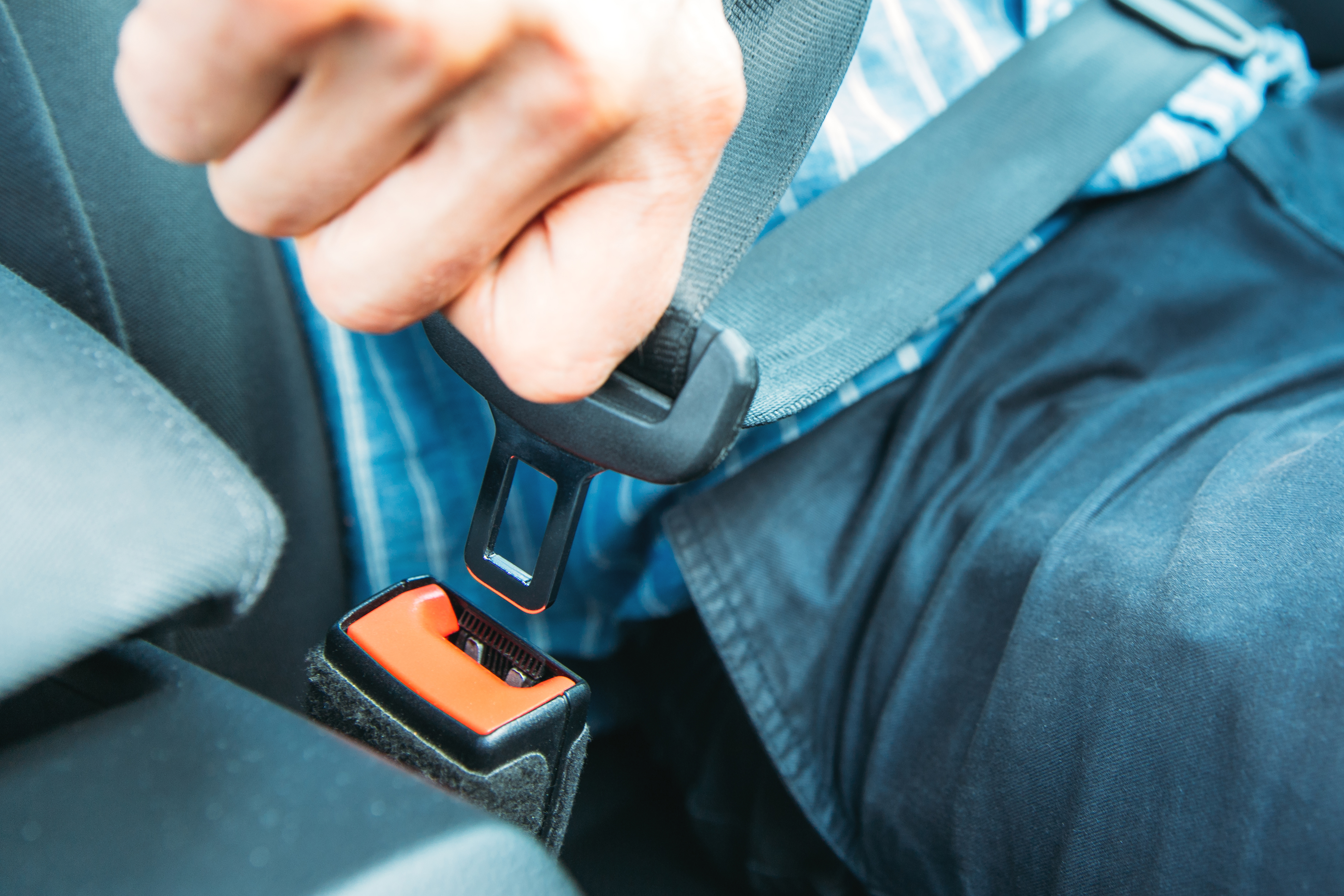
After half a century of public awareness campaigns, safety-based laws and countless studies that have shown that wearing a seatbelt can reduce the chance of severe injury in a collision by nearly 80%, there are still people out there who refuse to wear them. This choice is often justified by some obscure relation on the order of their sister’s ex-boyfriend’s fifth cousin’s stepdad’s uncle, who was inevitably told they would have been killed had they been wearing their seat belt during some ridiculous crash. True or not, stories like that are no reason to assume any collision you get into would be an anomaly of that sort. Unless you’re looking to set the record for human shot-put launched through a windshield, wear your seatbelt.
Our next bad habit is another high profile issue that has spawned awareness campaigns around the world.
Checking Your Phone
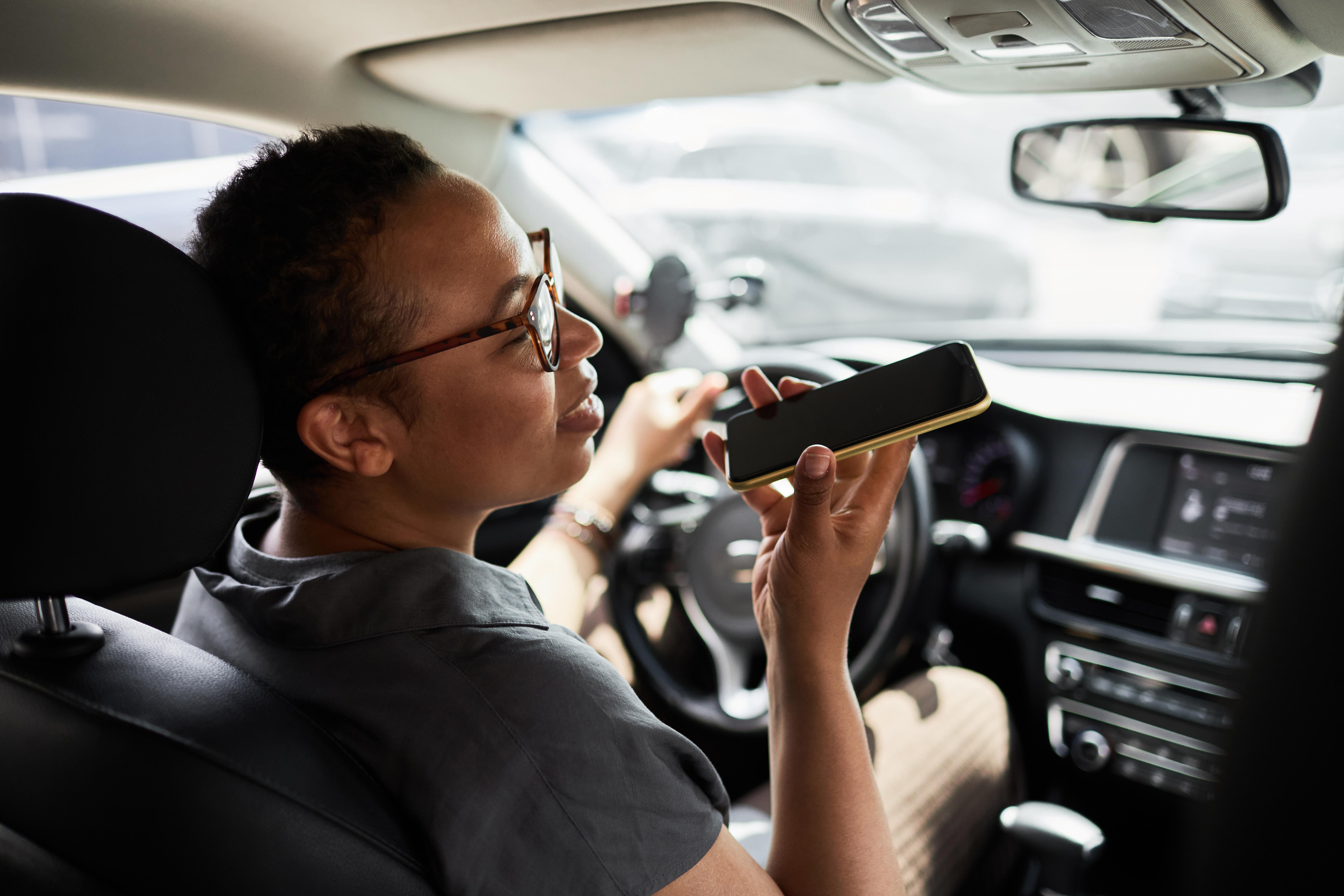
With our cell phones becoming our primary devices for communication, entertainment, and work, it can be hard to pull our attention away from them. But for the sake of everyone around you, hold off updating your status on Facebook or sending that message 'real quick.” When you divert your attention from the road to your phone, you’re essentially driving a literal ton of steel blind. Redirecting your attention takes time, as does responding to a sudden change. When you combine these detriments to response times, it compounds the likelihood of your reflexes failing you.
Coming up, a lesson on decisiveness.
Correcting Lanes In An Intersection

Getting stopped in the turn lane because the person ahead of you realized they need to go straight and can’t merge back into the lane they need is a great way to get that blood pumping. I’m going to be blunt here: if you’re at an intersection and you realize you’re in the wrong lane, just follow through with the lane you’re in and cycle back to try again. By trying to merge back into traffic in the middle of the intersection, you mess up the whole system for everyone. Traffic waiting for the turn has to wait for you to get out of the way and cars in the lane you want are not expecting someone to merge from within the intersection. Then everyone else gets to stare in disbelief at the jerk who doesn’t know how lanes work.
Keep on reading for more people who don’t understand how basic road rules work.
